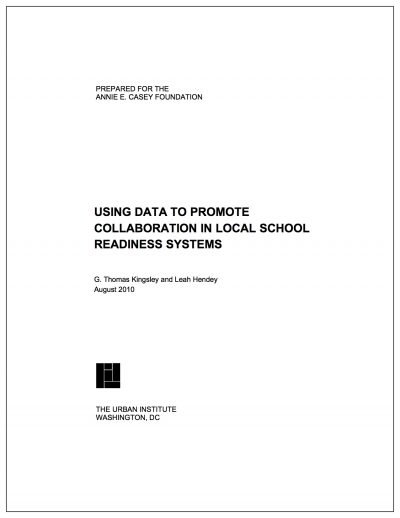Concentrated Risk
In all sites, risks to children and their readiness for school were indeed strongly concentrated in a limited number of (generally low-income) neighborhoods.

Research indicates that what happens to children before they enter kindergarten is critical to the goal of achieving reading proficiency for all by the third grade. This brief summarizes the content and results of a project undertaken by the National Neighborhood Indicators Partnership (NNIP) in eight cities to explore approaches to strengthening local school readiness systems (Atlanta, Chattanooga, Cleveland, Denver, Memphis, Miami, Milwaukee and Providence).
Up to one-half of the gap in achievement scores in school can be attributed to gaps already evident at the time of school entry. Once established, these gaps are difficult to diminish after school begins.
We hope you'll find value in this report. We’d love to get a little information from you, which we'll use to notify you about relevant new resources.